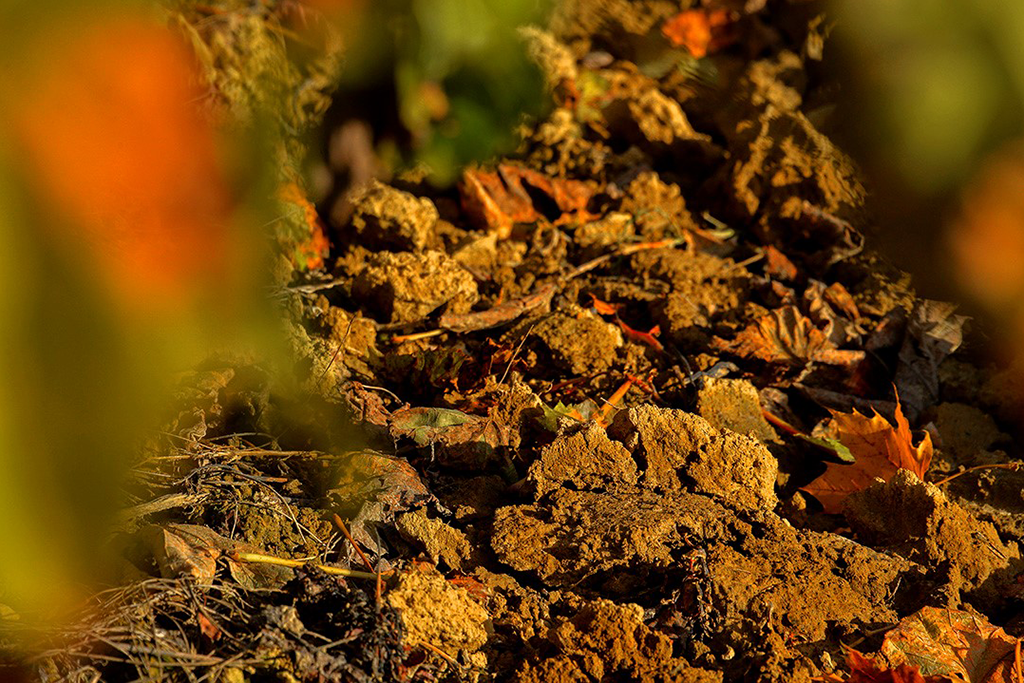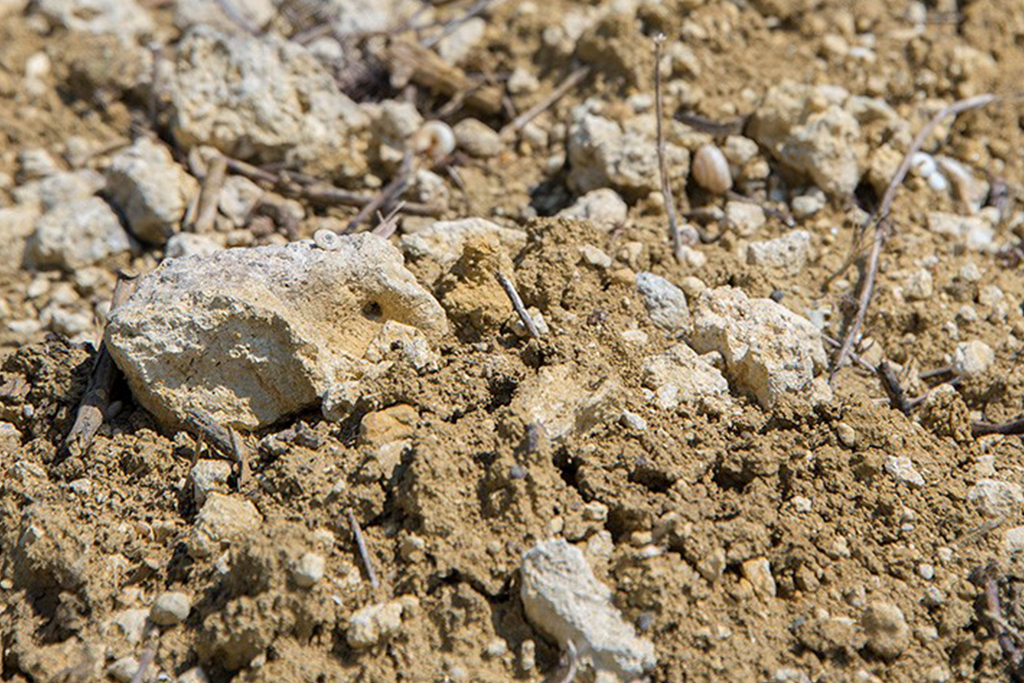(Almost) Everything You Always Wanted to Know About Gascony But Were Afraid to Ask
Written by Erika Sato
OK, let’s be honest. How many people have heard of Gascony and the Côtes de Gascogne? It’s a little less well known than its nearby neighbor – Bordeaux. Or its other nearby neighbor, Languedoc-Roussillon. Or Cahors, or …
Which doesn’t mean anything, really. Why do we care? Well… At the risk of over-simplification, where else can you find wines from a single region that range from dry whites to rich reds and from a sweet, fortified aperitif to complex, powerful brandies? And… often at slightly lower prices than offerings from their more famous cousins.
Gascony is the place to go if you want to get away from the hustle and bustle of some of its better-known neighbors. It’s a relatively rural area of France, close to the Pyrenees mountains, and is known for great food! And great wine. And great brandy.
The Côtes de Gascogne is in southwestern France, between the city of Toulouse and the Atlantic Ocean, and just north of the border with Spain.
It is positioned perfectly between the Atlantic Ocean to the west and the Pyrenees to the south. The proximity to the ocean helps to moderate the temperature, while the Pyrenees help by producing a larger diurnal shift (difference in daytime and nighttime temperatures). The growing season is also relatively long. All these factors help in the production of excellent grapes.
Given all this, why is the Côtes de Gascogne so relatively unknown? It all comes down to history - the rivalry between Bordeaux and Gascony and the relationship, if you can call it that, between France and Britain. The region of Gascony has been producing wines since the time of the Roman Empire, and the wine industry flourished during that time period. The area was conquered by England in the 11th century and continued to prosper from the increased exports/imports to and from England.
However, things began to change in the 1400’s when Gascony once again became part of France. Gascony wines at their peak were shipped from the ports in Bordeaux. However, once Bordeaux wine merchants realized that they could command a competitive advantage by regulating and limiting Gascony exports, the accessibility, and then therefore the popularity, of Gascony wines declined.
The Côtes de Gascogne is designated an IGP (Indication Geographique Protegee, or Protected Geographical Indication), which is a quality designation for wines. IGP is one step above Vin de Table (table wine) and a step below AOC (Appellation d’Origine Controlee, or protected designation of origin). In France, you will also see an IGP wine called Vin de Pays (country wine).
While the larger region of Côtes de Gascogne is considered an IGP, there are three AOC appellations contained within – Armagnac, Madiran and Saint-Mont – and one sub-appellation around the town of Condom, designated by appending Condomois to their name.
There are three main regions in the Côtes de Gascogne. Bas-Armagnac (lower Armagnac, referring to elevation) is the western-most area. The soils in Bas-Armagnac are largely light soils called tawny sands (sand, silt and clay) known as boulbènes. Ténarèze, to the east, is predominantly limestone with clay atop. The locals call their shallow clay soil ‘peyrusquets’ and deep clay soil ‘terreforts’. Haut-Armagnac (upper Armagnac) is also mostly clay and limestone, similar to that found in Ténarèze.
The variability of terroir in this region gives rise to a huge number of different grape varieties that can be successfully grown in the area. The vast majority (90%) are white grapes, most commonly Sauvignon Blanc, Colombard, Ugni Blanc, Gros Manseng and Chardonnay. However, there are also reds, most commonly Merlot, Cabernet Sauvignon, Cabernet Franc and Tannat.
These grapes give rise to the wines best known in this region: dry whites with fruit-forward profiles, Armagnac (brandy), Floc de Gascogne (fortified sweet aperitif wine based on Gros Manseng) and Madiran (rich red wine based primarily on Tannat).
If you want to start exploring offerings from this region, start here:
The dry whites in this region are predominantly made from Colombard grapes. This grape is prized for its aromatic character – lending floral, citrus and tropical fruit character to the wines, as well as a fresh mouth feel. Ugni-Blanc and Gros Manseng are often blended in, which adds floralness, acidity and a roundness to the wines.
Mont Gravet Côtes de Gascogne
The winemakers at Mont Gravet have named this line of wines after the hills (mont in French) on which the vineyards are situated and Gravet, after the name of the oval shaped rocks that can be commonly found in the area.
The Mont Gravet Côtes de Gascogne is 100% Colombard. This is a really engaging wine, which catches your attention immediately with a huge bouquet of flowers, citrus and tropical fruit. The palate doesn’t disappoint, as fruits and flowers jump into your mouth – grapefruit, peach and pear dominate, and finishes delicately with some stony minerality and grapefruit pith.
Domaine de Pellehaut Harmonie de Gascogne Blanc
The vineyards of Domaine de Pellehaut are situated on the slopes surrounding Chateau de Pellehaut at an elevation of over 180m. Named after the Roman word for pillar (pila), the chateau is located in the region of Ténarèze.
The Domaine de Pellehaut Harmonie de Gascogne Blanc is a blend of Chardonnay, Ugni-Blanc, Colombard, Gros Manseng, Petit Manseng and Sauvignon Blanc, and offers a counterpart to the Mont Gravet. The blend of these grapes brings out the best in all, with aromas of lemon, grapefruit, peach and elderflower and lime blossom. It is followed by apple and pear, and ends with a long, clean fruity finish.
Domaine de Pellehaut Harmonie de Gascogne Rosé
This rosé is made from the red grapes in the region: Tannat, Syrah, Merlot, Cabernet Sauvignon and Malbec. As such, it is a medium salmon color, with gold highlights. The high intensity nose bursts with red fruits – cherry, raspberry, strawberry. Fresh, piquant strawberry also dominates the palate, but with the added complexity of pomegranate, watermelon, fresh peach even a little dried apricot and rose petal. On the finish, slight hints of peach skin and white pepper cleans the palate.
The dry reds in this region are based primarily on Tannat. Tannat produces a deep purple hued wine, with lots of power, structure and complexity. It also can be considered one of the grapes that is the healthiest for you – Tannat is known to contain very high levels of antioxidants like resveratrol.
While Uruguay is better known for producing Tannat-based wines, the grape actually hails from Madiran in Gascony. French law requires a minimum of 60% Tannat in wines from Madiran, and it is often blended with Cabernet Sauvignon and/or Cabernet Franc to soften the wines somewhat.
Laplace Madiran
The Laplace family is one of the oldest and finest quality producers of Madiran. In fact, Frederic Laplace was the first winemaker to bottle and sell Madiran wine when the appellation was first established in 1948.
Since then, the family has refined the technique of micro-oxygenation, a technique that introduces a little oxygen into the process at different times to soften the wine somewhat.
The Laplace Madiran is 70% Tannat and 30% Cabernet Franc. True to form, it is a deep purple wine, with a slight magenta tinge on the rim. The bouquet leaps out of the glass, heavy with plum, blackberry and sweet tobacco. Red fruits appear on the palate, with red and black cherry, and hints of clove. The wine finishes with a touch of umami, dried fruits, dried flowers (violet), all-spice and coconut.
Open the bottle early and let it breathe or decant it – it takes some time for this wine to fully express itself in the glass.
Armagnac
The region of Armagnac is located within Gascony, and is relatively coincident with the Côtes de Gascon for wine. However, it is a designated region for it’s namesake brandy.
Armagnac is a type of brandy (called eau-de-vie in France) which is made by distilling wine made from grapes. Armagnac is often confused with its more famous cousin Cognac. While Armagnac is produced in the Gascony area, Cognac is produced about 300 kilometers to the north in the Cognac region of France.
Armagnac can be considered by some to be the more artisanal spirit. Cognac is dominated by large global brands who work with many grape growers and producers to produce their own house style. Armagnac, on the other hand, has a variety of smaller producers who create their own products, more similar to wine.
Armagnac is made from local grape varieties (mainly Ugni-Blanc, Colombard, Folle Blanche, and BacoBlanc) compared to almost entirely Ugni-Blanc in Cognac, and their starting wines (see dry whites above) are much more drinkable than those in Cognac. This fact, plus the difference in distillation method contributes most to the differences between Armagnac and Cognac.
But enough about the differences. Those details are fodder for yet another article.
The vast majority of Armagnac is produced using a L’Alambic Armagnacais, or Armagnac Still, which is a column distillation. Because it is only distilled once, Armagnac can be considered to have a more exuberant, full and complex flavor with more fruit flavors when young and a rounder, richer mouth feel.
This mouth feel can also be influenced by the fact that the distillation of Armagnac produces a brandy around 52-60% abv which is then diluted to somewhere around 45% abv before sale. Compare that to Cognac, where the distillate is around 70% abv before dilution to around 40%. Higher alcohol combined with lower dilution and less pure distillate all combine to give Armagnac its rustic intensity.
Armagnac can be blended and aged, although it is also available unaged and as a vintage product. Here are some designations on the label that can help you decipher what you are drinking:
• Blanche d’ Armagnac – clear, unaged
• V.S. (Very Special) – minimum 2 years in oak
• V.S.O.P (Very Superior Old Pale) or Reserve – minimum 4 years
• Napoleon – 6+ years
• X.O. (Extra Old) – 10+ years
• Hors d’Age – 10 or more years
• X.O. Premium – 20+ years
• Millésime – Vintage
• Mono-Cépage – Usually vintage, produced from a single grape
Eric Artiguelonge Bas-Armagnac VSOP
Eric Artiguelonge, long a cellar master at a prestigious Armagnac estate, started his own brand in 2005. Working with select growers and distillers, Artiguelongue develops the optimum blend and time to bottle.
80% Ugni Blanc, 10% Colombard, 10% Folle Blanche. Each grape was fermented separately, distilled once through a Armagncais still, and aged a minimum 5 years in Gascony oak. It has a light and elegant style, with aromas of vanilla, oak and orange peel. Notes of plum, quince, dried fruits and caramel add complexity and interest to the palate and finish.
Eric Artiguelonge Bas-Armagnac XO 15 yr
60% Ugni Blanc, 10% Colombard, 10% Folle Blanche, 20% Baco. Each grape was fermented separately, distilled once through a Armagncais still, and aged 15 years in Gascony oak. Perfumed nose with both fruity and floral character. Incredible complexity with a smooth mouth feel, and caramel, espresso and walnut notes.
Château de Briat Baron de Pichon-Longueville Bas-Armagnac Hors D’Age
Still owned by members of the Pichon-Longueville family famous for the vineyard of the same name in Pauillac, this prestigious estate houses 7 hectares of Baco, Folle Blanche and Colombard vines. Each varietal is distilled separately, and blended after aging.
100% Baco. Rich and round in the mouth with a warm welcoming finish. Aromas of licorice with a touch of sweet tobacco smoke, and dried fruits, chocolate and nuts on the palate.
Sources:
1. https://www.vins-cotes-gascogne.fr/en
2. https://www.wine-searcher.com/regions-igp+cotes+de+gascogne
3. https://ilovewine.com/everything-you-need-to-know-about-gascony-wines/
4. https://www.pellehaut.com/gb/gascon-spirit/1-t-shirt-delave-manches-courtes.html
5. https://bespokeunit.com/spirits/armagnac/#what
6. https://www.winemag.com/2019/10/17/cognac-armagnac-guide/
Images:
Soil: https://www.vins-cotes-gascogne.fr/the-experts
Gascony: https://www.pellehaut.com/gb/blog/le-domaine/our-sustainable-practices
Armagnac and stills: http://www.cognacprunier.fr/blog-english/article4/5-differences-between-cognac-and-armagnac
About the Author
While Erika may not be a Rochester native, she now calls the Flour City home. A Certified Sommelier and WSET level 3 certified, Erika spends her time thinking about the perfect food and wine pairings and finding the right wines for every situation. A self-professed “wine geek”, working at Parkway is the ideal match, as she can spend her time exploring different wine regions and less well-known grapes. She is also passionate about passing along her wine knowledge and enthusiasm for wine to others, and is excited to be able to put together educational and fun wine packs and seminars for our customers.
When not at the store, Erika spends her time practicing and playing music, and hopes to be out performing again soon. She has also been a sales representative and sommelier for a winery and judged numerous national and international wine competitions.








